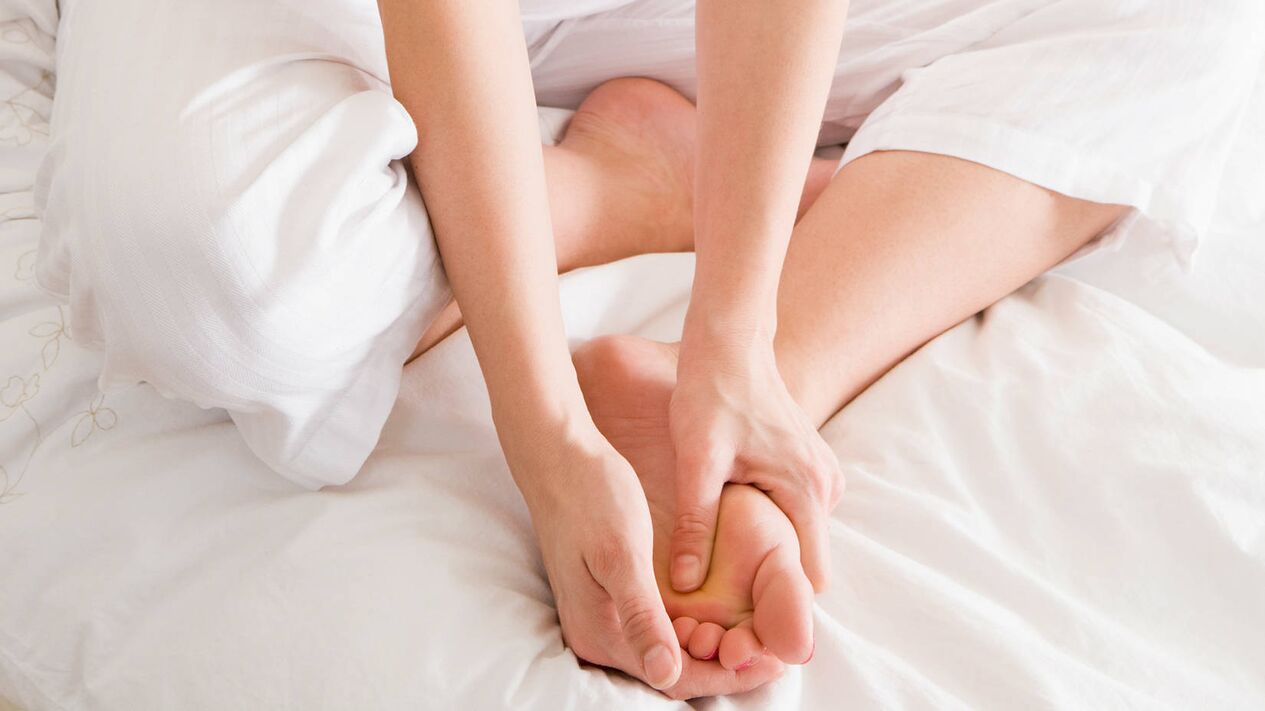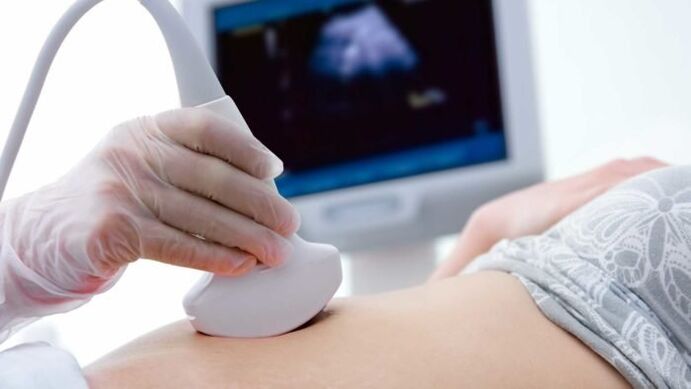What are varicose veins? The disease is characterized by swelling of peripheral veins under the skin. There is no age limit for this disease, i. e. the disease can even occur in children.
Experts recommend comprehensive treatment of varicose veins. Treatment includes medicines and traditional medicine. In severe cases, surgery is required. Symptoms and treatments for varicose veins in the legs vary.
reason
There are several factors that can cause pathological changes in the veins of the legs. Lifestyle is one of the main factors. The risk of occurrence increases by 70% if a person is often in the same position, such as standing or sitting.
Incorrect footwear or physical activity outside of the normal range can cause this disorder.
Varicose veins develop in the legs of women who have given birth. This is because the body is under extra stress. Another cause is hormonal exhaustion, which can occur while taking birth control pills.
Indirect causes include the following factors:
- smoking. Toxic substances impede the process of hematopoiesis, thereby disrupting the work of blood vessels.
- Depression and chronic stress. The nervous system is directly connected to the blood vessels. With any invasion of the central or autonomic nervous system, the vessel wall becomes thin and inelastic.
- Physical activity is higher than normal. Varicose veins of the lower extremities often occur in athletes looking to increase muscle mass. Excessive exercise can lead to the development of varicose veins.
- Wearing the wrong shoes. Walking in high heels often causes varicose veins. It is for this reason that pathology is the greatest characteristic of women. When walking in high heels, the entire load falls on the leg, in which case the veins are mercilessly injured.
Another reason is genetic predisposition. The risk of developing varicose veins increases if a relative has the condition.
symptoms of disease
Signs of varicose veins in the legs develop gradually in both women and men. Many men and women don't notice the first sign of varicose veins, referring to other factors. It is precisely because treatment is not timely that neglected varicose veins are difficult to treat. Symptoms of the disease include:
- A network of blood vessels, which occurs on the inner thigh or calf at the onset of the disease.
- At night, the patient becomes concerned that the legs are tired, heavy, and have an internal itching sensation. It seems that the legs are often itchy, although scratching does not bring any results.
- At night, patients often experience lower extremity spasms.
- After sleep, swelling was observed.

The above symptoms are typical symptoms of varicose veins in the early stages of development. If treatment is started in time, the disease can be completely eliminated without any recurrence or consequences. Varicose veins can develop further if a person does not pay attention to the first signs. In this case, the symptoms of varicose veins in the legs are as follows:
- Venous knots appear prominent above the skin.
- Pain is observed when the leg veins are palpated.
- Pain similar to muscle pain is observed during any movement or walking.
- The legs get tired faster and there is a heavier feeling.
Varicose veins of the lower extremities can lead to serious complications and affect the quality of life of patients. For this reason, experts recommend being vigilant about your health and that mild symptoms of leg varicose veins should prompt immediate medical attention.
diagnosis
This diagnosis can only be rejected or confirmed by a vascular surgeon or phlebologist. Even at the initial stage, qualified specialists can recognize this pathology. First, the doctor examines the affected skin area and asks general questions: how often did the first signs of varicose veins appear, what symptoms the patient has, and what treatments are available at home.

To finally validate the diagnosis and determine the severity of the disease, the following types of diagnoses are used:
- Ultrasound program.
- Intravenous imaging with contrast medium.
Today, venography is more commonly used for diagnosis because this method is the most accurate and informative.
Treat varicose veins
How to treat varicose veins in women's legs? Only a phlebologist can prescribe the correct treatment. Depending on the severity of the disease, various treatments are used. Surgical intervention is only used in the advanced stages of the disease, when medical treatment is ineffective. Comprehensive treatment of varicose veins includes the following:
- Tight gauze bandages, compression underwear, elastic bandages.
- A useful substance for varicose veins is hirudin. In a natural way, this element can be obtained through the bite of a leech.
- Intravascular laser coagulation is a method of closing subcutaneous veins using a laser beam.
- Sclerotherapy is the removal of a vein by injecting a substance through the thinnest needle.
- Massage - used to thin the blood and improve blood circulation.
- Take anti-inflammatory drugs and use topical ointments.
Healing with folk remedies
How to treat varicose veins? This question is asked by everyone facing a diagnosis. As mentioned above, phlebologists recommend addressing this issue comprehensively. In the context of drug treatment of varicose veins, some traditional prescriptions are successful and effective.

Consider how to treat varicose veins in women's legs:
- Garden tomatoes will help eliminate itching and relieve tension. For the recipe, both ripe and green tomatoes are suitable. Slice the tomato and place it on the affected area. Secure with a bandage. Every three hours, vegetables should be replaced with fresh vegetables. The biggest benefit is that homemade tomatoes are better than store-bought tomatoes. You need to spread tomatoes throughout the day. The next day, you will feel lighter in your legs.
- Grease cabbage leaves with olive oil and apply to swollen veins. Secure with a bandage and leave in place for at least 7 hours. Treatment at night is recommended. You can use this recipe every night for severe pain.
- We generously lubricate cotton fabrics with liquid nectar. We wrap the leg and secure it with an elastic bandage from above. We left for 3 hours. This procedure is recommended to be performed every three days.
- Cut green walnuts in half and place in a one-liter jar. Top up with vodka or medical alcohol. Cover and send to a dark place for a week. When the tincture is ready, rub your legs from your heels to your thighs every night in a massaging motion.
- Pour St. John's wort leaves and flowers into water and bring to a boil. Turn off the heat and close the lid. After 6 hours - the broth is ready. We put a cotton cloth in the decoction, wring it out lightly, and fix the cloth on the affected limb. This recipe helps get rid of itching and pain. You can use this recipe every day.
- Squeeze the aloe vera juice into a glass bowl. Overall, you should get at least one tablespoon. Add five drops of almond oil and three drops of camphor oil. We heat it in a water bath, up to about 40 degrees. We rub the swollen veins and skin about 3 times a week.
- We put lilacs in enamel containers. Pour in 0. 5 liters of sunflower oil. Put in a water bath and boil. Cool to room temperature and rub on damaged skin. Top with gauze bandage. We leave for the night. This procedure must be done at least 3 times a week.
possible complications
Varicose veins of the lower extremities need prompt treatment. If you do not take any treatment, the following complications may occur:
- Pulmonary embolism.
- Thrombosis.
- Thrombophlebitis.
- Phlebitis.
- ruptured vein.
- dermatitis.
Precaution
People at the highest risk for varicose veins in the legs should take precautions. First, this category includes people whose close relatives are susceptible to the disease. You should also pay special attention to the health of pregnant women and people whose jobs require a lot of sitting or standing. Consider general advice:
- Live an active lifestyle. Walk more, exercise more, and exercise several times a day. If your lifestyle and busy work doesn't allow you to engage in any kind of exercise, in this case, there is a reasonable solution: leave work and get off the bus a few stops earlier. Daily walking will replace exercise.
- If you need to sit during your main work hours, try moving your legs, including your fingers, more often. To diversify the position of the legs, experts recommend starting standing, about 30 cm from the floor, and regularly raising the legs.
- Women should stop taking hormone pills and ask their doctor to prescribe another birth control pill.
- Don't wear high heels every day.
- Quit smoking and other bad habits.
Contact a phlebologist if you notice heaviness, spider veins in your legs, or lower extremity pain. Prescribing treatment at an early stage will help avoid serious complications and recurrence.























